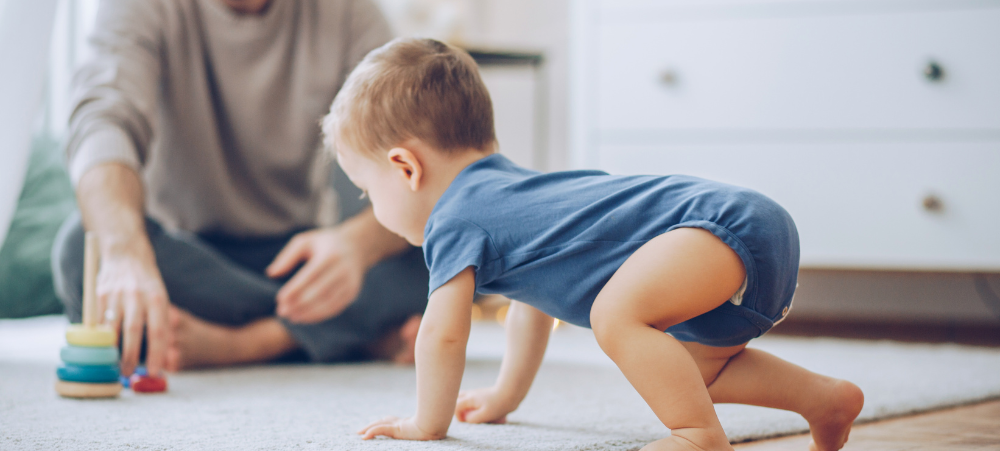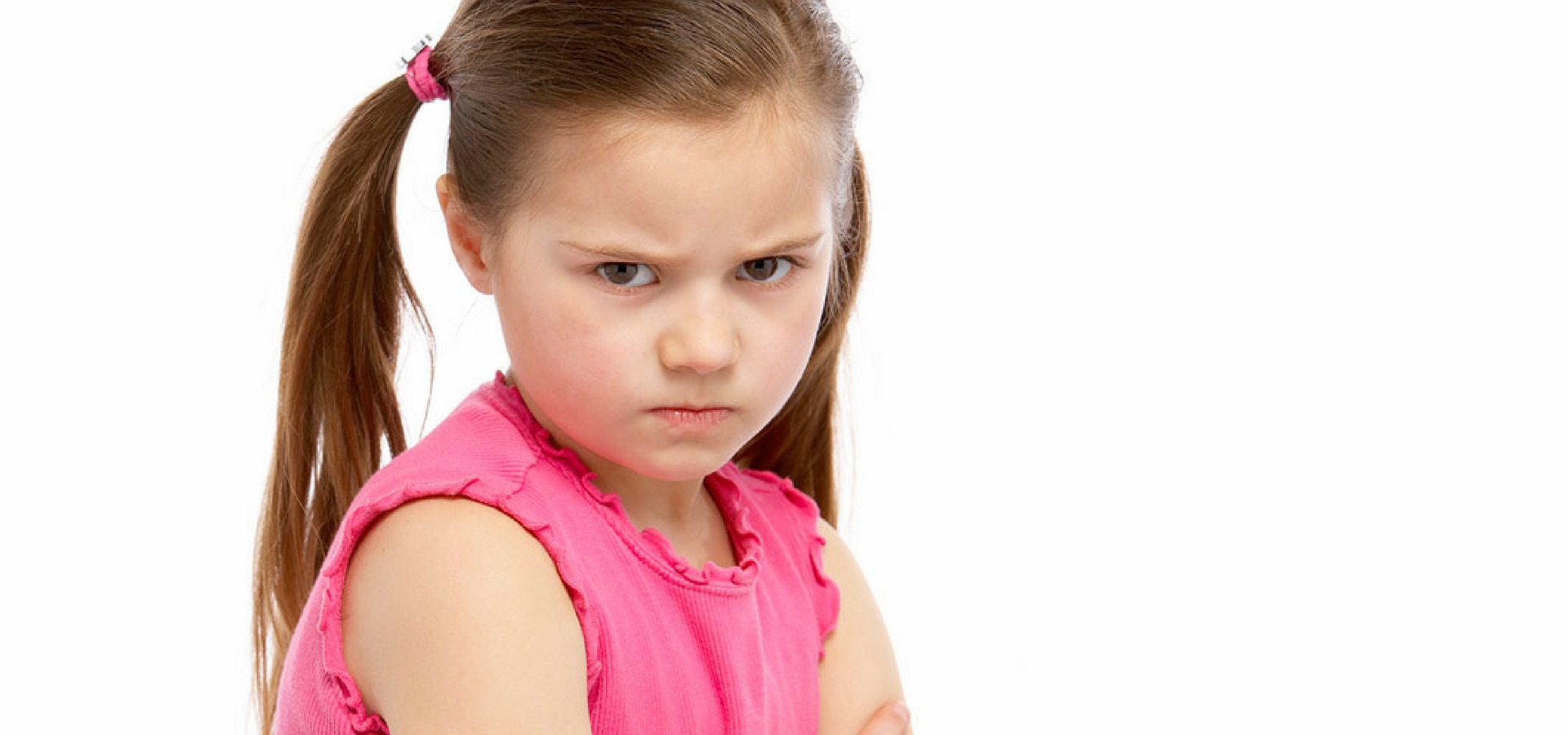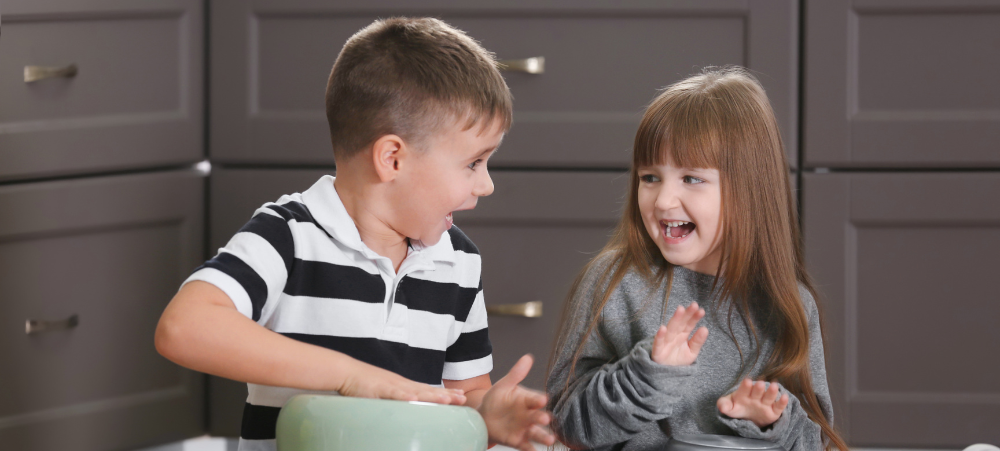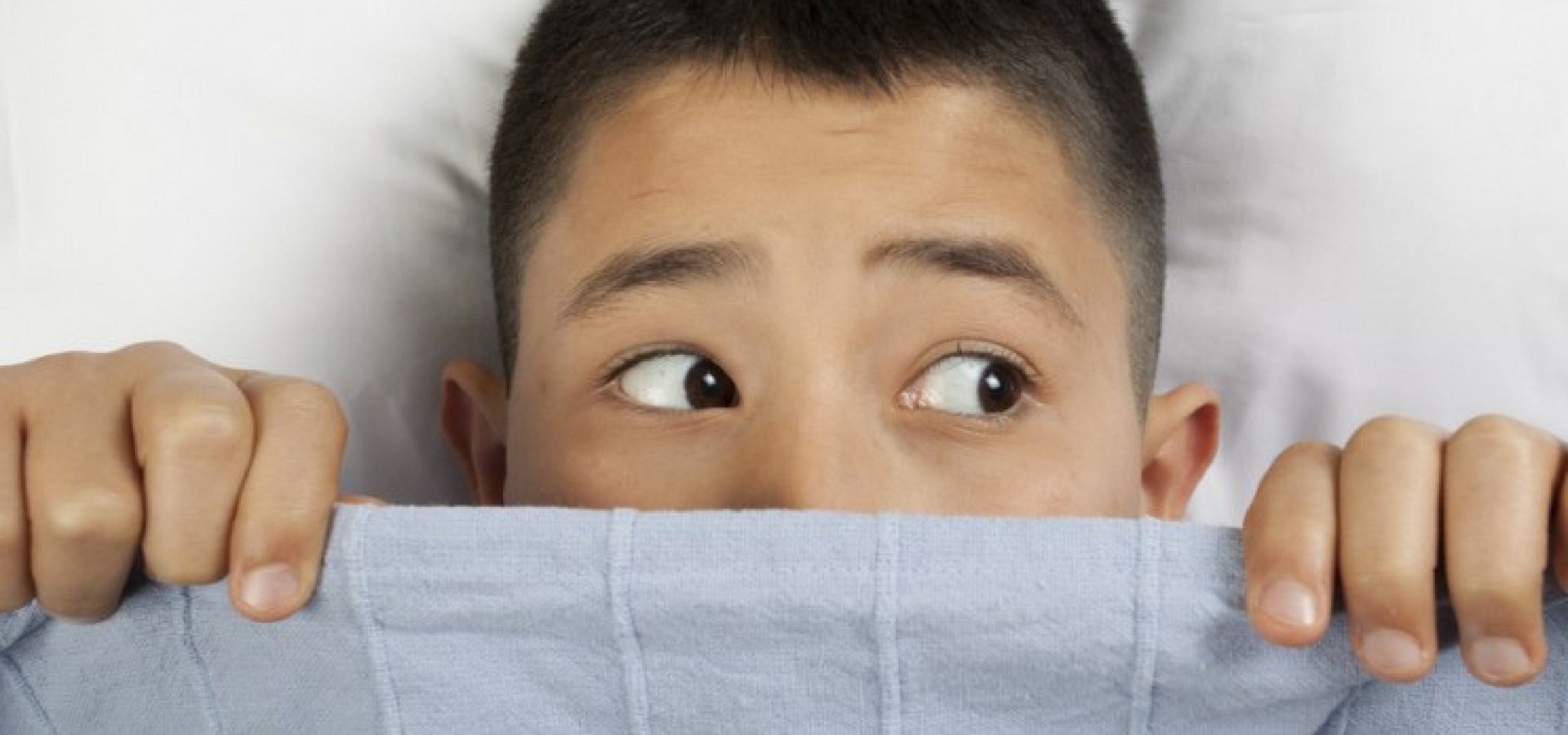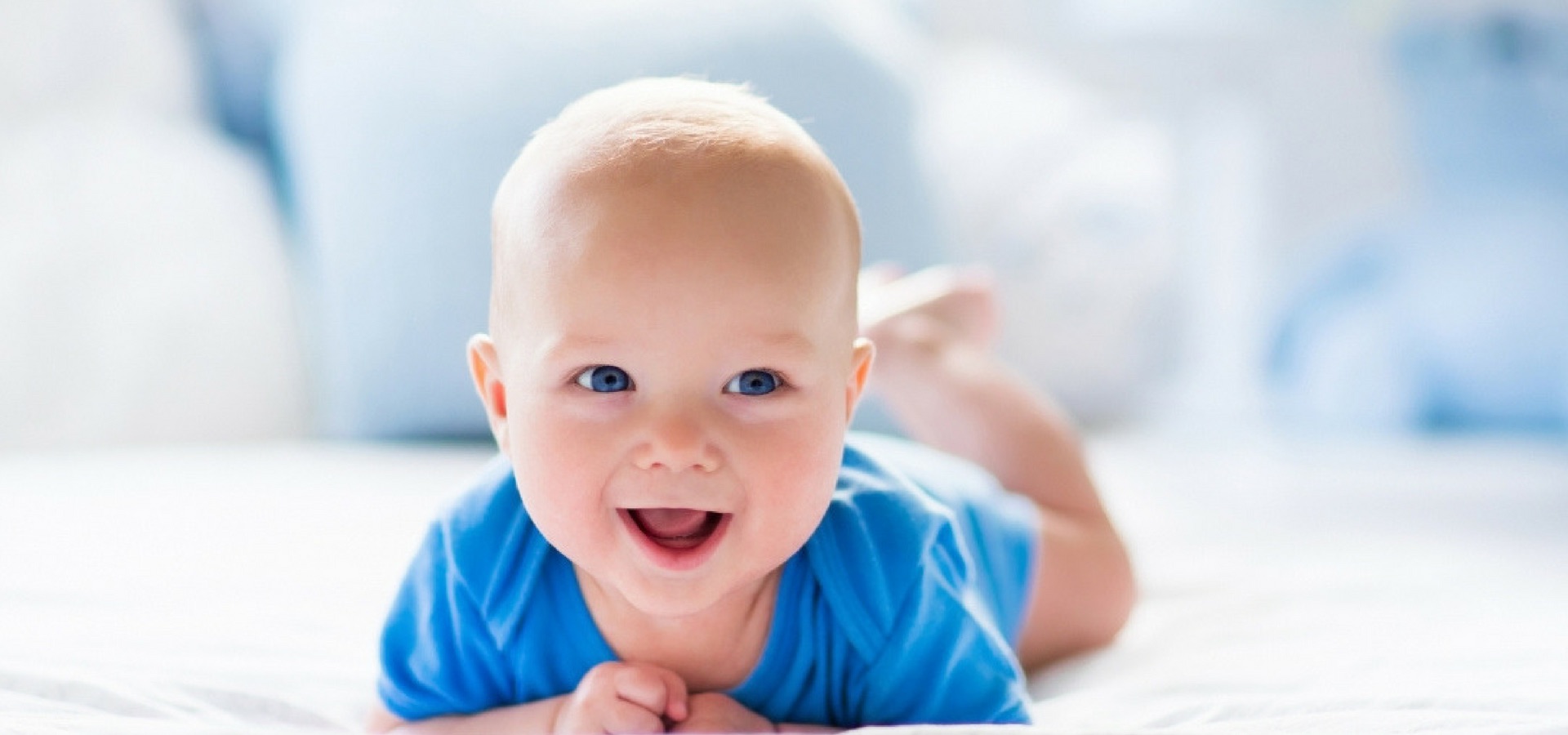Diet – probably one of the most dreaded four-letter words in domestic history. The reason why nutrition often feels like a real burden is because our society’s concept of and relationship with food are quite rotten. As a result, there exists a confusing mess of contradicting information on what really constitutes a “healthy diet”. To pile on the pressure, you now have kids whom you love to bits and want to feed wholesome food and it’s most of the time a struggle, right? My own pursuit of answers to the much-debated topic of diet led me to a very simple (and I like to think obvious) conclusion: Eat. Real. Food.To clarify – the closer to nature, the more it will nurture. Conversely, if it is modified (processed or refined), it is best to stay away from it. A “real” diet is inevitably loaded with the substance of life: vegetables! “But my child is a fussy eater!” you say. Let me spill the beans on how you can help to fill your child’s tummy with nature’s best: Start smart The hard truth is: your child will most probably not be begging for broccoli if his palate is spoiled with “easy” foods, such as sweetened yoghurt, crackers and other refined edibles. A baby’s first foods should be freshly prepared vegetables, fruit, natural fats, proteins and whole grains rather than commercially processed baby food. Weaning foods lay the foundation for eating habits. If children won’t eat anything but white bread with cheese spread, we have to ask ourselves: Would that have happened without the option of this “meal”? Our babies have clean dietary slates – they learn to eat what we feed them. So, let them have veggies! What if it is too late for the right start? Detoxing your family from “fake” factory foods and replacing them with wholesome alternatives is a beautiful Plan B. However, it costs commitment! It will be challenging until the whole family, as well as your grocery shopping, cooking, and snacking habits, have adjusted. Cheat them to eat them If mealtimes are mostly synonymous with war, try dosing fussy eaters with vitamins, minerals and fibre by sneakily masking veggies or fruit in their food. Here are some ideas: Make smoothieswith added vegetables. You can even freeze this blend and offer it as popsicles or sorbet. Check out this recipe for a delicious green smoothie. Baked goods(made from healthy flour alternatives) are brilliant hideaways for wellbeing foods! Add grated or pureed veggies, such as carrots, baby marrows, cauliflower or pumpkin to muffins, biscuits, crumpets, breads, wraps and more. Sweeten with blended fruit like banana or dates. See these inspiring recipes for spicy pumpkin muffinsand cauli-wraps. (Google will gladly contribute many more ideas!) Hide veggies in meat recipes(like these fantastic meatballs) – add them to quiches, blend them into yummy soupsor puree them into flavoursome saucesas topping or filling for brown rice, quinoa, omelettes and more. Go on, become a master of disguise… The real deal should also appeal We should be cautious of always offering veggies in easily edible forms. When we do this, we are not accustoming children to their taste and texture and thereby not training them to be vegetable victors. That does not mean that you can’t make it less painful and more fun! Dangle a carrot in front of their noses like this: Build vegetable pictureson their plates. The internet is packed with creative ideas! Give them healthy dipslike hummus, cream cheese or mashed avocado to dunk veggies into. Gardeningis a great way to get kids excited about plant foods! Let them help and witness their greens grow. The key often lies in variety. If Fussy Fiona absolutely refuses mushrooms, give up and give celery. But try again next month. Home-grown habits The apple does not fall far from the tree when it comes to diet. In the end, what you cook and eat yourself is what your child will model. Yup, this means the pressure is on! But luckily it will pay off for your own wellbeing too. A final word of encouragement: Our survival instinct will eventually force us to eat what is available. Your child will not starve if you replace comfort foods with vegetables. May your efforts to fill the apple of your eye with good food bear much fruit! Hopefully, your tantrum-prone little eater will soon be as cool as a cucumber when there is salad for supper!




